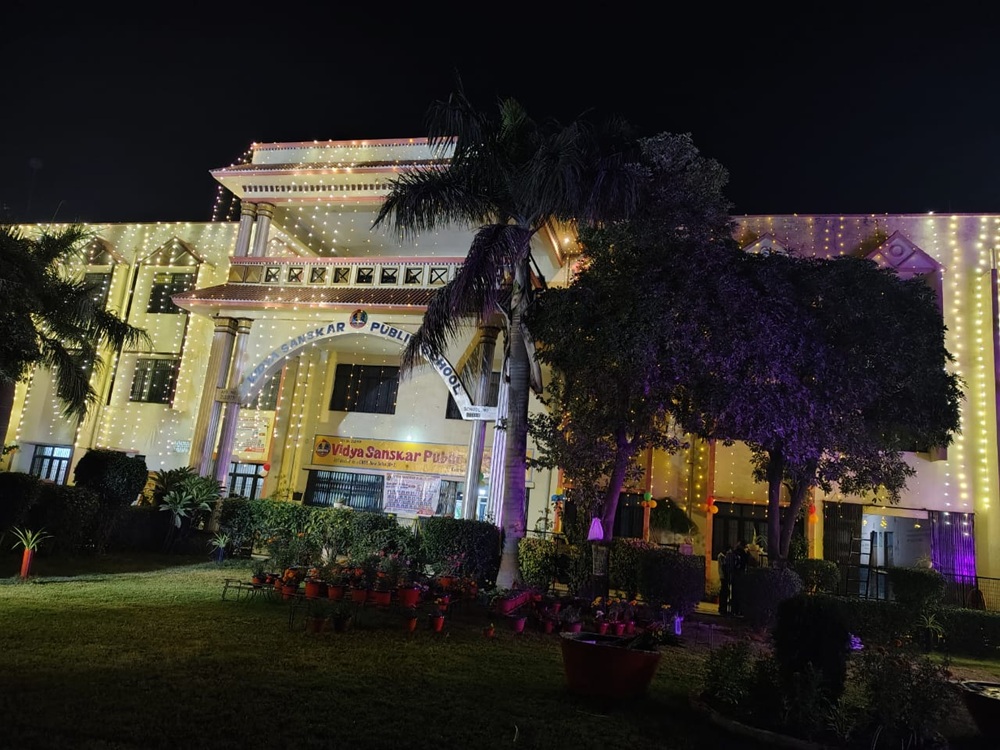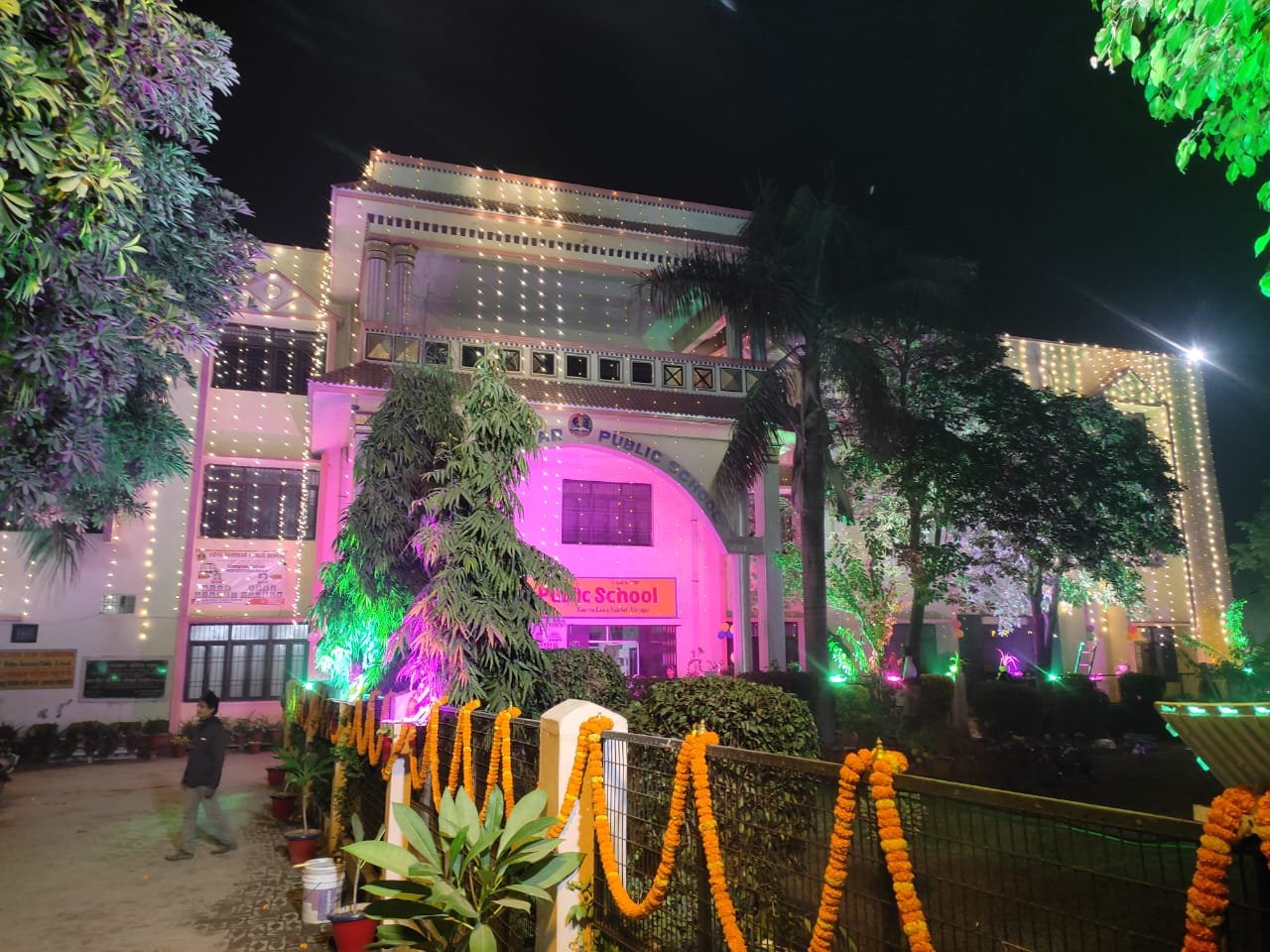ABOUT SCHOOL BUILDING
SCHOOL BUILDING
A school building is a physical structure designed specifically for educational purposes, containing classrooms, various facilities like libraries, laboratories, and administrative offices, where students gather to learn, and which plays a crucial role in shaping the overall learning environment for students and staff, often including features like playgrounds and outdoor areas for recreation; essentially, it's a dedicated space for the process of education to take place.
Key points about school buildings:
Function:
Primarily used for teaching and learning, accommodating different subjects and activities through designated rooms like classrooms, science labs, art studios, etc.
Design considerations:
Well-designed school buildings prioritize safety, accessibility, comfort, and a stimulating learning environment, often incorporating natural light, spacious layouts, and modern technology.
Components:
Typical elements include classrooms, hallways, administrative offices, library, cafeteria, gymnasium, auditorium, restrooms, and sometimes specialized spaces for specific subjects like music rooms or computer labs.
Impact on learning:
The design and condition of a school building can significantly influence a student's learning experience, impacting focus, engagement, and overall well-being.
Evolution of architecture:
School building designs have evolved over time to reflect changes in educational philosophies and incorporate new technologies.










